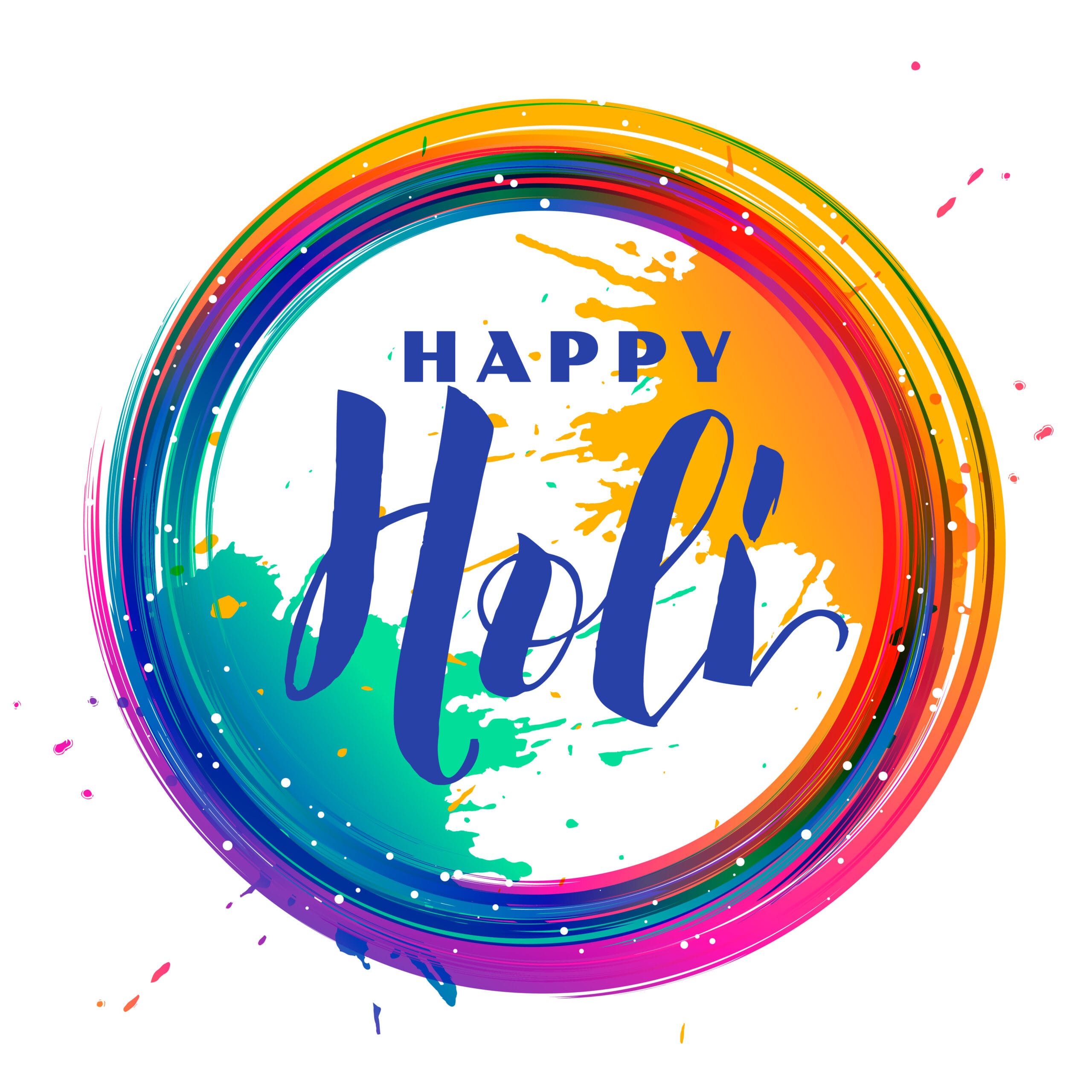Unleashing the Vibrance: Dissecting the Festival of Colors
Imagine a world where colors take over, and joy reigns supreme! Welcome to the spectacular Festival of Colors, Holi, an Indian tradition that celebrates the arrival of spring and the victory of good over evil. Get ready to dive into a vibrant chaos of colors that’ll make your everyday life seem dull in comparison. Let’s journey through the vibrant world of Holi, where strangers become friends, and the air crackles with excitement.
The Stories Behind the Colors
One legend tells of a king so arrogant he thought everyone should worship him. But his own son, Prahlad, remained devoted to Lord Vishnu. This angered the king, who tried to kill his son with fire, helped by his evil sister, Holika. But guess what? Good triumphed over evil! Prahlad survived, and Holika was consumed by the flames.
To this day, the night before Holi, people light huge bonfires, called “Holika Dahan,” to remember this victory of good over evil. It’s like a giant bonfire party under the stars, a prelude to the colorful explosion the next day.
And speaking of explosions of color – have you heard about Krishna and Radha? Their love story is another reason why we celebrate Holi. Krishna, a mischievous god, loved playing pranks. He was also a bit jealous of Radha’s fair skin. So, what did he do? He playfully colored her face with paint, and that, they say, is how the tradition of smearing colors on each other began!
A Feast for the Senses (and the Stomach!)
Imagine this: the air is thick with laughter and the scent of bright pigments. People are dancing in the streets, their faces smeared with every color you can imagine. And amidst all this joyful chaos, you get to indulge in delicious treats like Gujiya, a sweet dumpling that will make your taste buds sing, and Thandai, a refreshing milk drink, sometimes with a little extra “kick” thanks to bhang, a special ingredient made from cannabis.
Holi Across India: A Tapestry of Traditions
While the heart of Holi remains the same, each corner of India adds its unique flavor to the celebration. Some places have special folk dances, others have unique rituals. It’s like a giant cultural mosaic, with every piece adding to the beauty of the whole.
Holi in the Modern World: Keeping it Colorful and Clean
Of course, with any big celebration, there are things to be mindful of – the environment, for one. Thankfully, more and more people are switching to eco-friendly, natural colors made from flowers and herbs. It’s all about keeping the planet as vibrant as the festival itself!
More Than Just a Festival: A Celebration of Unity
What truly makes Holi special is its incredible power to bring people together. It doesn’t matter your age, background, or even what you’re wearing (because trust me, it’ll be covered in color soon enough!). For one day, everyone is equal, united in a kaleidoscope of joy and camaraderie.
Holi is more than just a festival; it’s a feeling. It’s the feeling of throwing away your worries and embracing the simple joy of being alive, surrounded by loved ones and strangers who, for that one magical day, become friends united in a sea of color.
Delving Deeper: Unveiling the Essence of Holi
So, we’ve talked about the exciting parts of Holi, like the bonfires and the color-throwing, but there’s so much more to it than meets the eye! Holi welcomes the fresh start of spring, a time when the world wakes up after a long winter. But it’s also about good overcoming evil, reminding everyone that light always finds a way to push back the darkness.
And let’s not forget the epic love story! Holi is like a big party celebrating the love between Radha and Krishna, and legend has it that their playful way of showering each other with colors is where the whole tradition of throwing colors on Holi began.
Think of Holi as having two main acts in its grand play. First, you have “Holika Dahan,” where a huge bonfire is lit. This isn’t just any bonfire, though. It symbolizes the triumph of good over evil, and it’s a powerful sight to see, reminding everyone that hope always has a fighting chance. Then comes the main event – “Rangwali Holi.” This is when the real fun begins! People take to the streets, armed with vibrant colored powders and water, and playfully drench each other in a kaleidoscope of hues. It’s like a giant, joyful free-for-all where everyone’s laughing, dancing, and celebrating together.
What’s really incredible about Holi is that it goes beyond just being a religious festival. Of course, it has deep roots in Hindu tradition, especially in the story of Holika and Prahlad, which is all about good versus evil. But the beauty of Holi is that it has this amazing way of bringing people from all walks of life together. It’s like a giant reset button, where social barriers melt away in a sea of color, leaving behind a sense of unity and pure joy. People from all backgrounds and beliefs find themselves caught up in the energy of Holi, drawn to its vibrant spirit and the message of love and togetherness it spreads.
Cracking the Code: Deciphering the “Famed Indian Festival”
Let’s talk about Holi – it’s like India’s biggest, most colorful party, and everyone’s invited! We’re talking vibrant powders thrown in the air, water balloons flying everywhere, and a whole lot of laughter. But it’s not just a random explosion of fun; there’s a story behind it.
Holi celebrates the good guys winning over the bad guys. It’s linked to ancient Hindu myths, like the tale of Lord Vishnu defeating this demoness named Holika. That’s actually where the name “Holi” comes from! But it’s also about welcoming spring, a time for new beginnings, right?
So, how does it all go down? Well, it usually lasts for two days. Day one, they call it “Holika Dahan,” and they light these huge bonfires. It’s symbolic, you know? The fire represents burning away all the bad stuff, all the negativity.
Then comes day two, the main event: “Rangwali Holi.” Get ready because this is where the color comes in! People hit the streets, armed with colored powders and water, ready to drench each other from head to toe. It’s all in good fun, a way to let loose and celebrate.
But Holi’s not just about the spectacle. It’s about something deeper. It’s about erasing differences and coming together as one. During Holi, everyone’s equal, regardless of their background, their beliefs, anything. It’s a beautiful reminder that we’re all connected, all part of something bigger.
Think of it like this: Holi is a vibrant tapestry woven from ancient traditions, mythological tales, and the universal desire for joy and unity. It’s a celebration of life itself, an explosion of color and laughter that transcends boundaries and unites people in a shared experience of pure joy.
Decoding the “Indian Color Dye Festival”
Okay, so imagine a massive party where everyone’s throwing colorful powder and water at each other, all while dancing, singing, and enjoying delicious food. That’s Holi, also known as the “Festival of Colors,” in a nutshell! It’s an ancient Hindu festival that’s super popular in India and Nepal, and it’s basically a giant celebration of spring, good vibes, and love.
Holi’s actually a two-day event. The first day is all about Holika Dahan, where huge bonfires are lit to symbolize the defeat of evil. People gather around these bonfires, singing, dancing, and saying prayers. Think of it like a massive, energetic block party with a bonfire!
The next day is when the real color explosion happens. It’s called Rangwali Holi, and it’s basically a free-for-all of color throwing! People roam the streets, playfully showering each other with brightly colored powders called gulal and splashing water everywhere. It’s all in good fun, though, and this tradition is actually really cool because it helps break down social barriers and bring people together. It’s like everyone’s on the same team for a day, united by color!
But Holi is more than just a giant color fight. It also celebrates the epic love story of Radha and Krishna, which adds a whole other layer of meaning to the festival. And if you think the colors are chosen randomly, think again! Each color has a special meaning. Red represents love and passion, blue symbolizes Krishna, green signifies new beginnings, and yellow represents turmeric and knowledge. Pretty cool, huh?
So basically, Holi is like a giant melting pot of tradition, mythology, and pure joy, all wrapped up in a kaleidoscope of colors! It’s a unique and incredibly fun way to welcome spring and celebrate the good things in life.
Do you want to watch some films about the Aztecs? Then click here to watch these films about the Aztecs. Ever heard about the exploding hippo? Click here to get more fascinating information about it.

















1 thought on “India’s Famed Festival of Colors: A Celebration of Joy and Tradition”
Comments are closed.